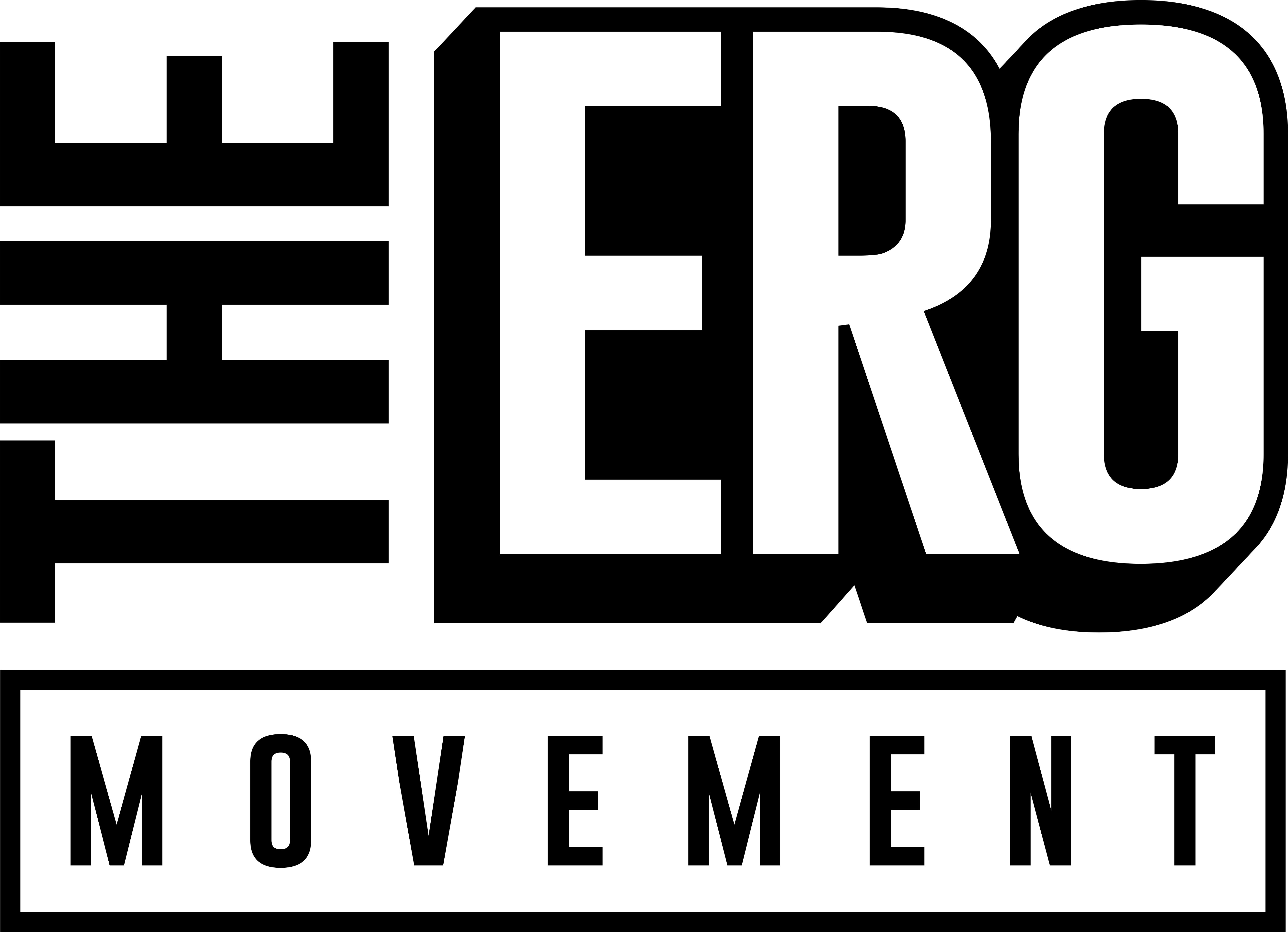What is the Member Engagement Score in ERGs?
Understanding how connected and active members are within your ERG is crucial, and that’s where the Member Engagement Score (MES) comes into play.
What is MES?
The Member Engagement Score (MES) is a vital metric for any ERG leader. It quantifies the percentage of members who participate in your ERG’s programming over a specific period, typically across a year. This score sheds light on how engaging and relevant your activities are to the community you’re nurturing.
Engagement is the heartbeat of any ERG. If people aren’t participating, it often means they don’t feel a sense of belonging or value from the activities offered. While the Channel Engagement Score (CES) can give insights into who interacts with your digital content, MES dives deeper into live and asynchronous participation in ERG events and activities.
Why It Matters
Understanding and boosting your MES is about ensuring that your community feels valued and seen. High engagement scores not only demonstrate the effectiveness of your programs but also justify budget allocations and showcase the impact to executives. It’s evidence that what you’re doing is making a difference, fostering a sense of belonging and benefitting the community.
Setting a benchmark for MES can vary from one organization to another, but a good starting point is aiming for at least 50% of your members to engage in at least one activity or event throughout the year. This could be attending a live event or participating in a non-live activity. If you find your ERG surpassing this goal swiftly, consider implementing a Member Engagement Retention Score, which tracks members participating in multiple events and activities throughout the year.
The MES Formula
The formula to calculate the Member Engagement Score is relatively straightforward but requires accurate and comprehensive data collection:
MES = (Number of Unique Participants / Total Members) x 100
Here’s a step-by-step breakdown of each component:
- Number of Unique Participants: This figure represents the total number of distinct members who have participated in any ERG event or activity over the course of the evaluation period. It’s crucial to ensure that each member is counted only once, regardless of how many different events or activities they participate in.
- Total Members: This is the total number of members in the ERG. It should reflect the current membership at the time of calculating the MES to ensure accuracy.
- Multiplying by 100: Converting the fraction into a percentage makes it easier to interpret and communicate the results.
Steps to Calculate MES
- Data Collection: Gather data from all ERG events and activities. This includes attendance lists from live events and participant lists from asynchronous activities. Our FREE ERG Data Collection System Template + Mini Course is be helpful for organizing this data.
- Consolidate Participant Data: Compile a list of all unique participants across different events and activities to ensure each member is counted only once. This step prevents skewing the results from members who are highly active. This will be done automatically when using a Google or Excel sheet.
- Determine Total Membership: Update the membership roster to reflect the current count of members in the ERG. This count should be as up-to-date as possible at the time of calculation.
- Apply the Formula: Use the collected data in the MES formula to calculate the percentage of members who are actively engaging with the ERG.
Interpreting the Results
- High MES (50% and above): Indicates that a significant portion of the ERG membership is actively participating in events and activities, suggesting that the offerings are well-received and that the ERG is successfully fostering community engagement.
- Low MES (below 50%): Suggests there may be barriers to participation or that the events and activities are not resonating with the membership. This signals a need for feedback and potentially a reevaluation of the ERG’s programming to better align with member interests and needs.
The Member Engagement Score not only serves as a snapshot of current engagement levels but also as a strategic tool for planning future ERG activities. By understanding which programs are successful and which are less so, ERG leaders can tailor their offerings to better meet the needs and preferences of their members, ultimately driving higher engagement and creating a more vibrant community.
Get Started Today
Monitor your engagement, understand your impact, and start making more informed decisions with our free Data Collection System Template + Mini Course. Ready to deepen your impact? Schedule time with us to discuss creating a tailored ERG Program Data Dashboard that aligns with your specific needs.






.svg)





%20(2).jpg)
%20(1).jpg)

.svg)